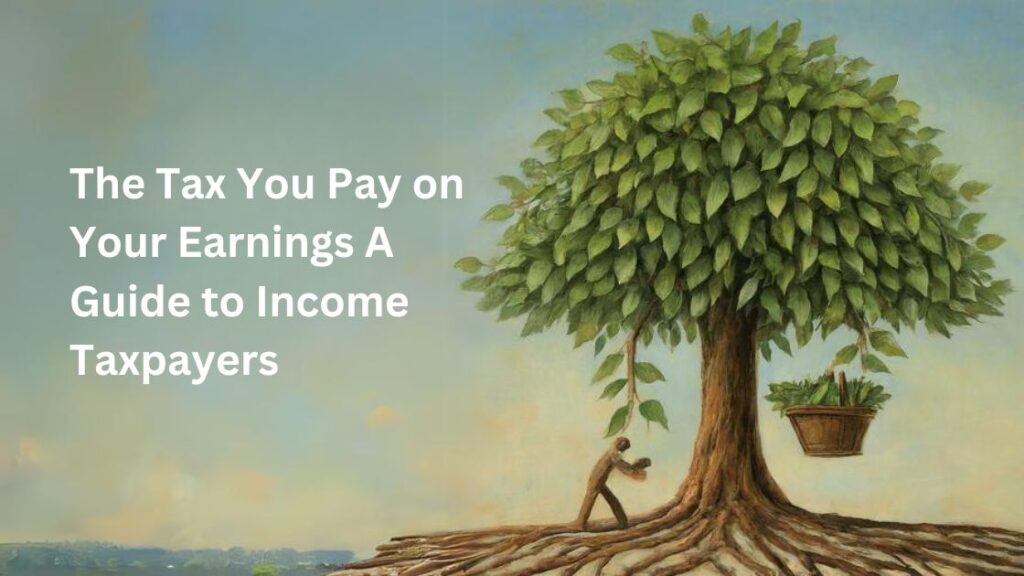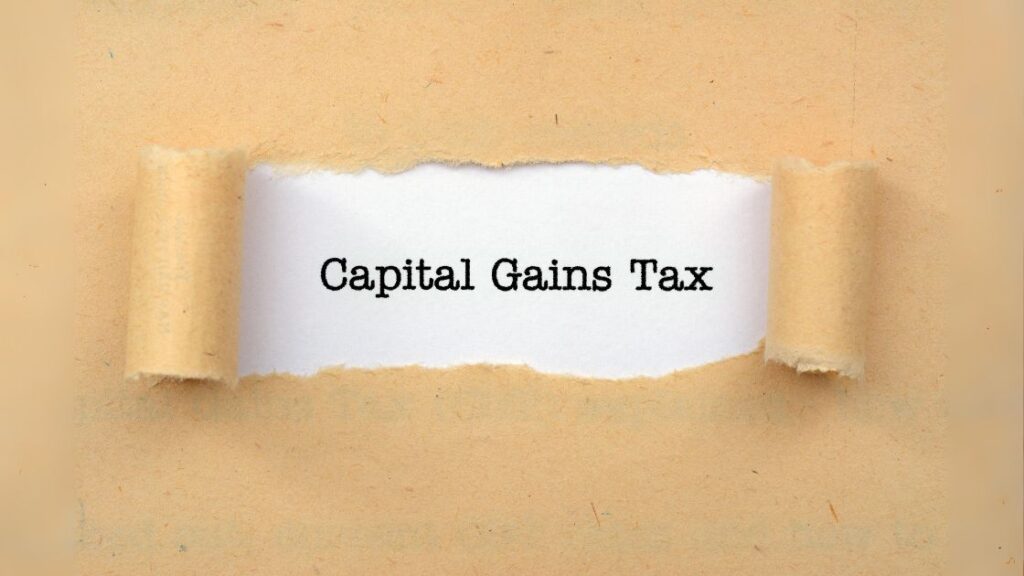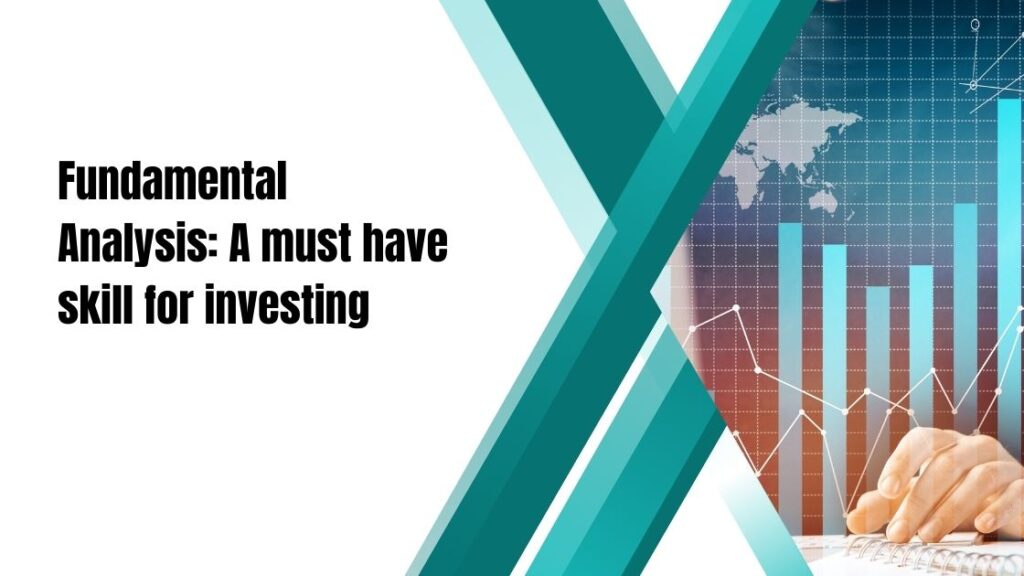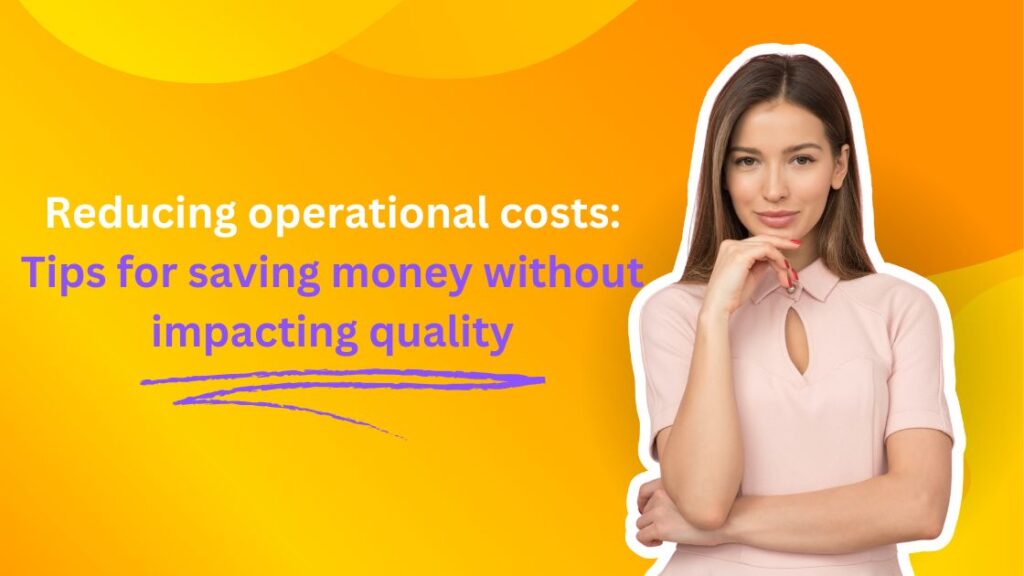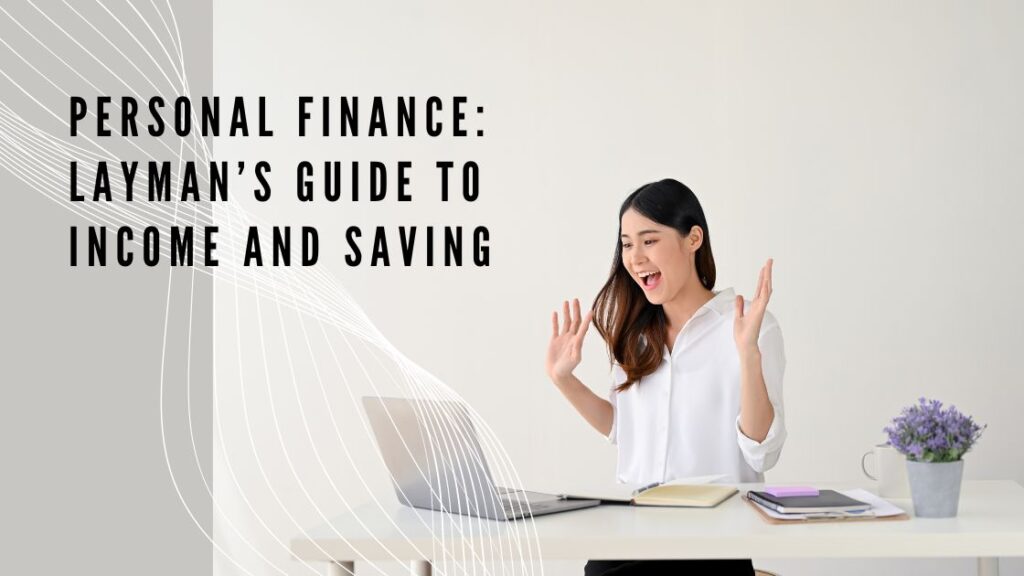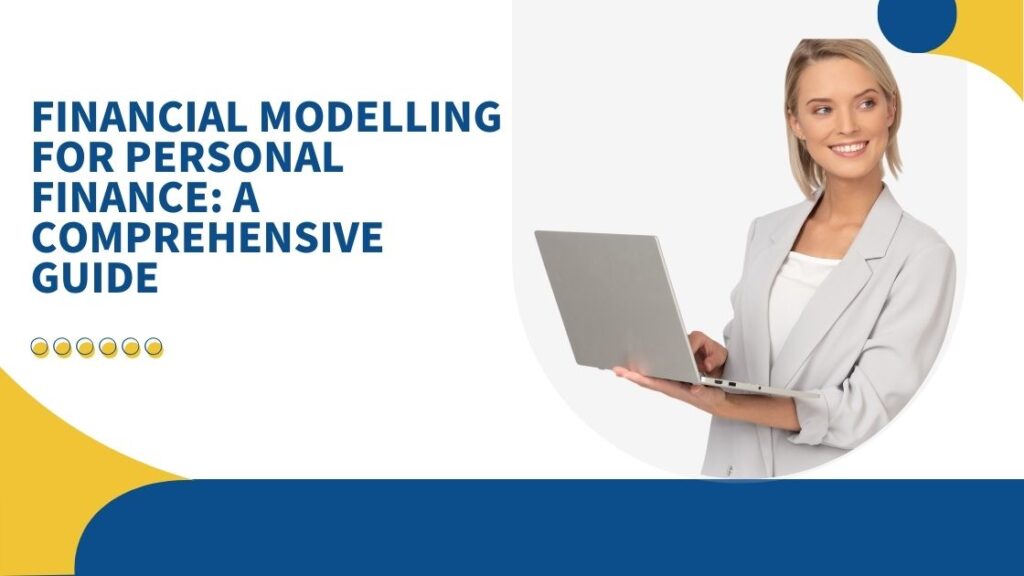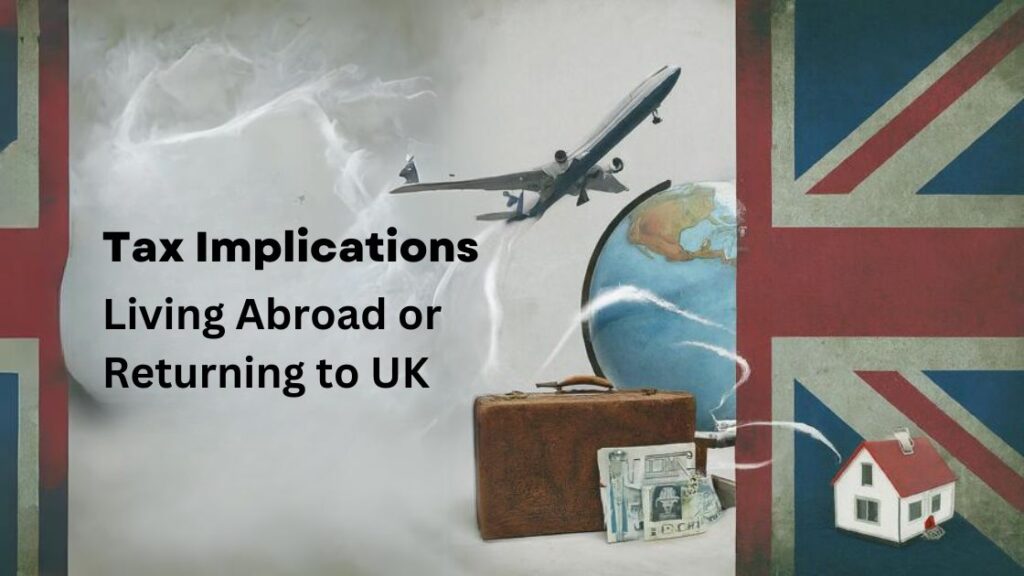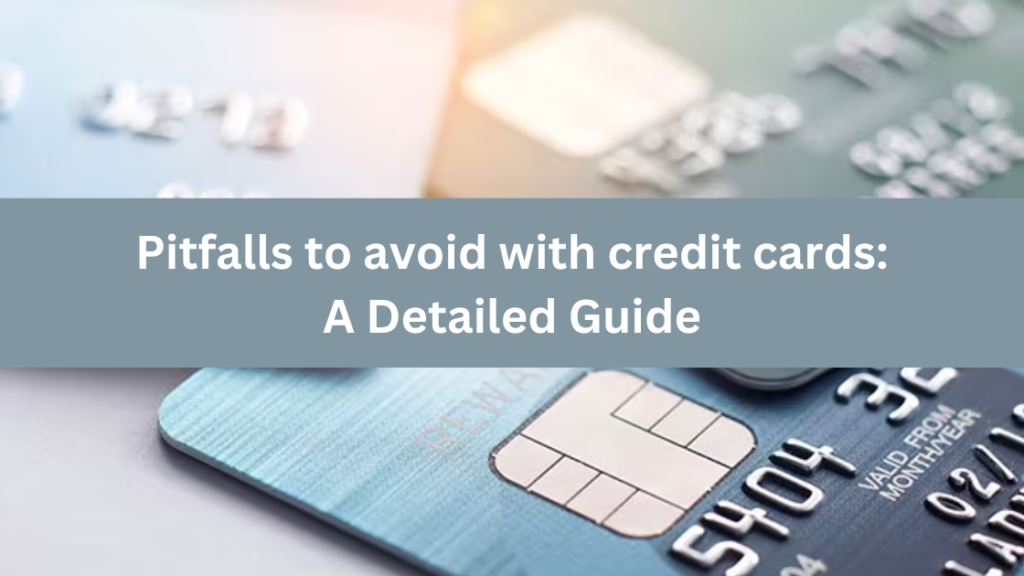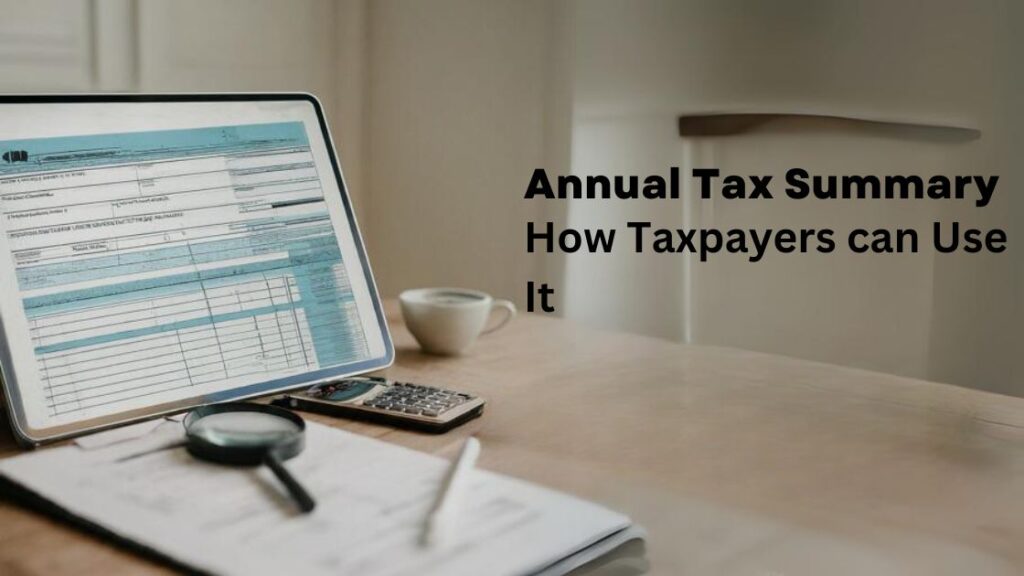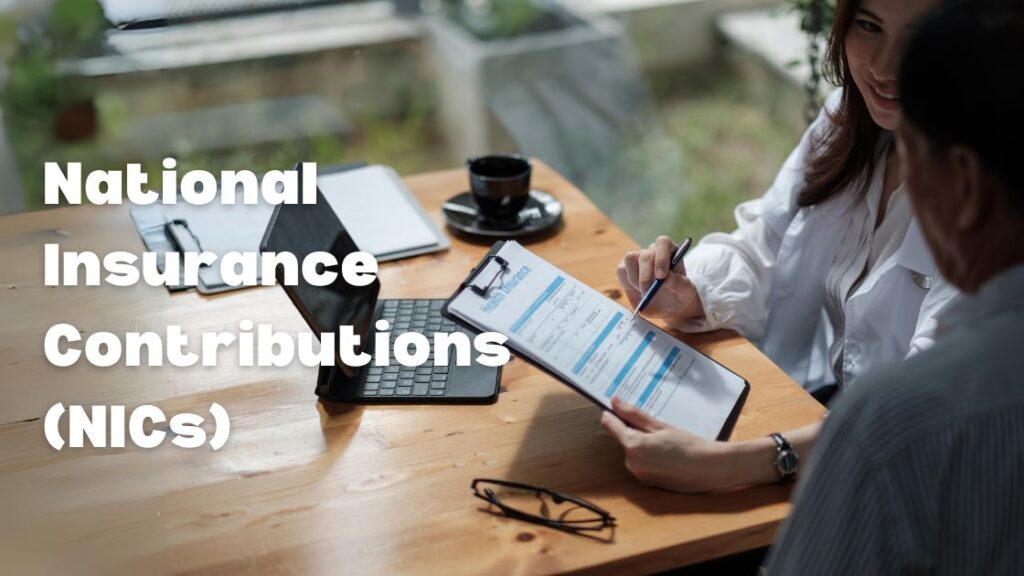A Guide to Income Taxpayers
Income tax is one of the most significant aspects of UK’s government, playing a crucial role in funding public services and infrastructure. It’s a tax levied on the income earned by individuals, businesses, and other entities, with rates varying based on income levels and tax bands. As a taxpayer, you need to be aware of the basics of income tax in the UK, exploring what it is, and how it works, including rates, allowances, deductions, and filing requirements.
Income tax in the UK is a tax imposed on individuals’ earnings, including wages, salaries, pensions, rental income, interest, and dividends. It operates on a progressive basis, with tax rates increasing as income levels rise. The UK’s income tax system is administered by HM Revenue & Customs (HMRC), which sets tax rates, allowances, and filing requirements.
Income tax taxable income = Total income earned – Any allowable deductions, exemptions, or credits
It is calculated based on taxable income and is subject to different tax bands and rates. Income tax is applied on individual’s earnings above certain threshold. The tax band based on individual’s income in the UK is listed below.
| # | Main Rates | Income Tax Rate | Income tax band | Note |
| 1 | Personal Allowance | 0% | Upto £12,570 | Tax-free income. One can increase allowed personal allowance by claiming Marriage or Blind person allowances (if eligible). |
| 2 | Basic Rate | 20% | £12,570 to £50,270 | |
| 3 | Higher Rate | 40% | £50,270 to £125,140 | Allowed Personal allowance decreases if taxable income over £100,000.
Personal allowance goes down by £1 for every £2 income above £100,000. |
| 4 | Additional Rate | 45% | Above £125,140 | Allowed Personal allowance is zero, if taxable income over £125,140 |
However, for Scotland different tax band applies.
| # | Main Rates | Income Tax Rate | Income tax band |
| 1 | Personal Allowance | 0% | Upto £12,570 |
| 2 | Starter Rate | 19% | £12,571 to £14,732 |
| 3 | Basic Rate | 20% | £14,733 to £25,688 |
| 4 | Intermediate Rate | 21% | £25,689 to £43,662 |
| 5 | Higher Rate | 42% | £43,663 to £125,140 |
| 6 | Top Rate | 47% | Over £125,140 |
How do you pay tax?
- For employees, UK tax system uses PAYE (Pay As You Earn) system, where employers deduct income tax and NICs from employees’ pay before paying them their wages or salaries.
- Q) How does the system know the taxable amount on the salary?
🡺 Each employee is assigned a tax code by HMRC, which determines how much tax should be deducted from their pay.
- Q) What does tax code look like?
🡺 Tax code is made of numbers and letters. To learn what your tax code means, visit the official site.
Example: 1257L, where L means, you are entitled to standard tax-free personal allowance. The number indicates how much tax-free salary you get for that tax year.
- For self-employed or complicated system, you can use self-assessment tax return form to file the income tax. Fill it at the end of tax-year, 5th April.
- Q) What is the deadline to file tax return?
🡺 You must tell HMRC by 5th October if you need to file a tax return and you have not done, otherwise you may end up paying interest and penalty to the HMRC.
You should fill the self-assessment online tax return by 31st January or paper tax return by 31st October.
- Q) What if you missed the deadline for self-assessment tax return?
🡺 You will pay penalty to HMRC which is £100 if you are late by 3 months and more if you are late by more than 3 months.
Do you need to pay tax this year?
To find out, calculate your taxable income if any:
Taxable income = All income + taxable state benefits – tax free allowances
How can you save income tax on the earnings?
You could save tax on your earning by using one of the below options depending on your financial condition.
- Claim tax-free Allowances such as personal allowance, dividend allowance, savings interest and many other.
- Claim income tax reliefs if you are eligible.
- Contribute to pension schemes as they are tax-deductible and moreover, employer contribution is tax-free.
- Invest in one of the many options of Individual Savings Account (ISAs). You could save money without paying tax on the interest, dividends, or capital gains.
- Utilise tax credits and reliefs like marriage allowance, blind person’s allowance.
- If you are into charitable donations, then claim tax relief on your donations through Gift Aid.
- Utilise Capital Gains Tax (CGT) allowance to make tax-free gains up to a certain threshold each tax year on investments.
- If you inherit an item, you may be able to get a tax exemption if you use the annual gift allowance.
Tax Overpaid or Underpaid
If you have not paid right amount of tax, either too much or too little, then HMRC will send you P800 (a tax calculation letter) or a simple assessment letter. You will get the letter if you are employed or a pension receiver. For registered self-assessment taxpayer, it will automatically adjust. You receive letter as HMRC is not able to deduct the tax automatically or you owe tax on state pension, or you owe more than £3000.
Incorrect tax payment could happen if HMRC had wrong tax code, or you had switched job and were paid by both in a month or started receiving pension at work or receiving Employment and support allowance or jobseeker’s allowance.
If HMRC owns you a refund, you could claim it via Government gateway, or they will send you a cheque if unclaimed. If you owe money to HMRC, then this could happen automatically if your employer pays the income tax, you owe less than £3,000, and earn enough income over personal allowance to compensate for the underpayment.
Tax Forms
You get different forms from the employer as proof of tax return and employment. Validate the details recorded in the form to compliance with the tax filing.
P45 Form
This form contains the details of how much tax you have paid in the current year, 6April – 5April. You get this form from the employer when you stop working for them. This form has 4 Parts:
- Part 1 – The employer sends details to HMRC and gives rest of the part to you.
- Part 1A – You keep this part yourself for your own records.
- Part 2 – You give this part to your new employer.
- Part 3 – You give this part to your new employer.
P60 Form
This form is the proof of how much tax you have paid in the current tax year, 6April – 5April. This should be provided by your employer by 31May. P60 form plays a crucial role to claim the overpaid tax, to apply for tax credits, or as income proof when applying for loan.
P11D Form
Your employer will share this form to HMRC if you have availed company benefits in the current year.
By staying informed and seeking advice when needed, taxpayers can fulfil their tax obligations, minimize their tax liabilities, and make informed financial decisions.

